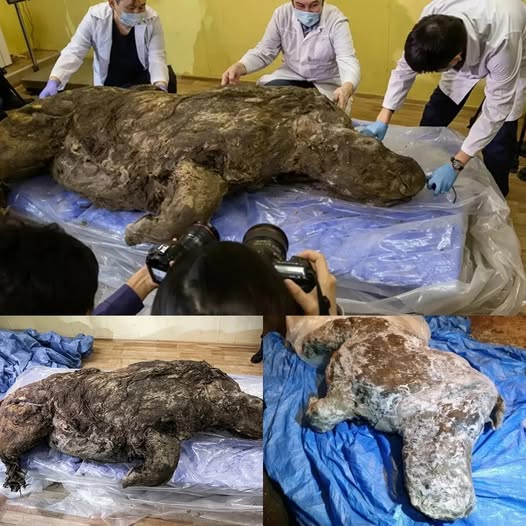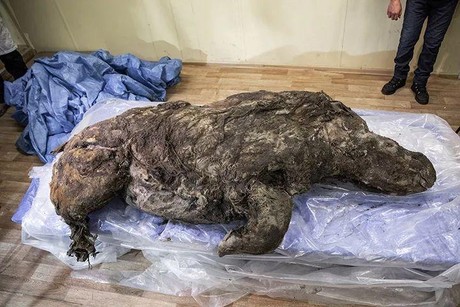Ancient Woolly Rhinoceros Unearthed in Russian Permafrost: Stunning 20,000-Year-Old Find Rewrites Prehistoric Narrative

In a remarkable discovery that has left paleontologists in awe, a team searching the Russian permafrost unearthed a woolly rhinoceros (Coelodonta antiquitatis) carcass, over 80% preserved, dating back at least 20,000 years, announced on July 6, 2025. Found in a remote Siberian region, this nearly intact specimen, complete with fur, skin, and internal organs, offers an unprecedented glimpse into a species that once roamed Europe and northern Asia during the Late Pleistocene. The exceptional preservation, owed to the permafrost’s natural refrigeration, marks this as one of the most complete woolly rhinoceros finds ever, revealing intricate details of its anatomy and environment. This discovery, sparking global excitement, not only revives the lost world of Ice Age megafauna but also raises questions about the climate and ecosystems that supported such creatures, potentially rewriting our understanding of prehistoric life.

Preliminary analysis of the carcass reveals a robust animal, approximately 3.5 meters long, with thick woolly fur and a prominent horn, confirming its adaptation to the cold, steppe-like environments of the Pleistocene. Radiocarbon dating places the remains at around 20,000 years old, aligning with the Last Glacial Maximum when woolly rhinos thrived alongside mammoths and other megafauna. The surrounding permafrost preserved traces of vegetation, suggesting a diet of tough grasses and shrubs, while the absence of predation marks indicates a natural death, possibly due to environmental stressors. Accompanying sediment analysis hints at a tundra landscape, offering clues to the rhino’s habitat. Skeptics question whether the preservation could exaggerate the animal’s condition, but the carcass’s near-complete state challenges such doubts. Posts on X have fueled public fascination, with some comparing the find to mythical beasts, while scientists call for DNA analysis, isotopic studies, and CT scanning to explore its genetics and lifestyle, building on prior woolly rhino studies like the 2014 Sakha Republic find.

The global reaction to this woolly rhinoceros has been electric, with images of the frost-covered carcass flooding social media, drawing comparisons to Ice Age fauna in popular culture and sparking debates about de-extinction possibilities. Enthusiasts link the find to ancient cave art depicting rhinos across Europe, suggesting a cultural significance among early humans, while others speculate about climate change parallels, given the permafrost’s thaw. Researchers are racing to preserve the delicate remains, facing challenges in the unstable permafrost environment, with restricted access to prevent damage amplifying public curiosity. The find’s potential to inform studies of megafaunal extinction, possibly linked to climate shifts or human hunting, is immense, building on research like the 2021 Nature study on woolly rhino population decline. As scientists probe this frozen time capsule, the woolly rhinoceros stands as a haunting testament to a vanished world, urging humanity to unravel the mysteries of our planet’s Ice Age past.










